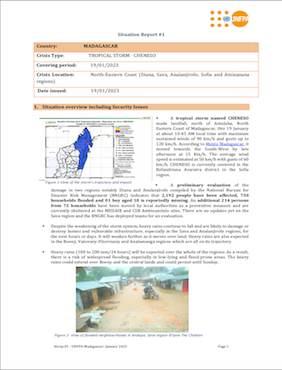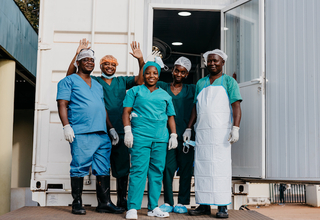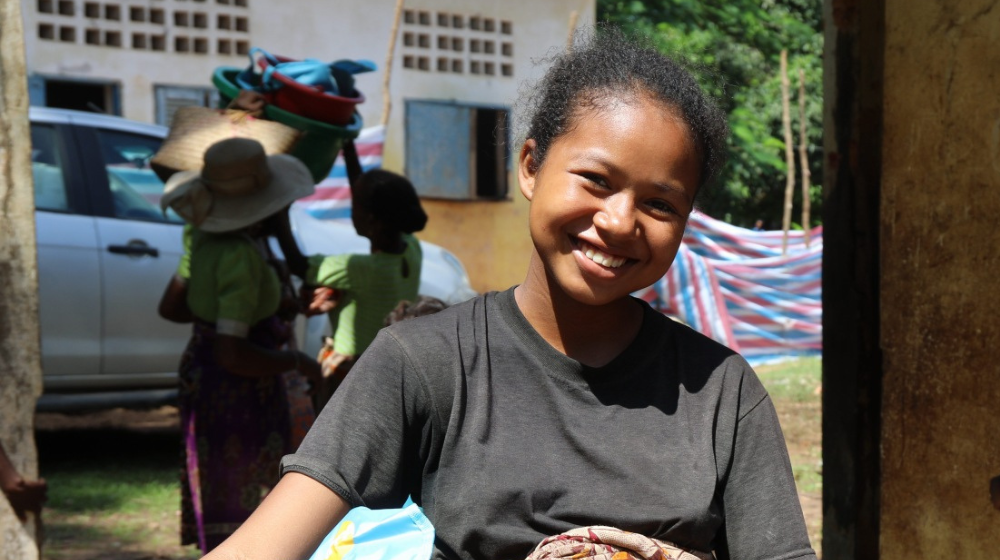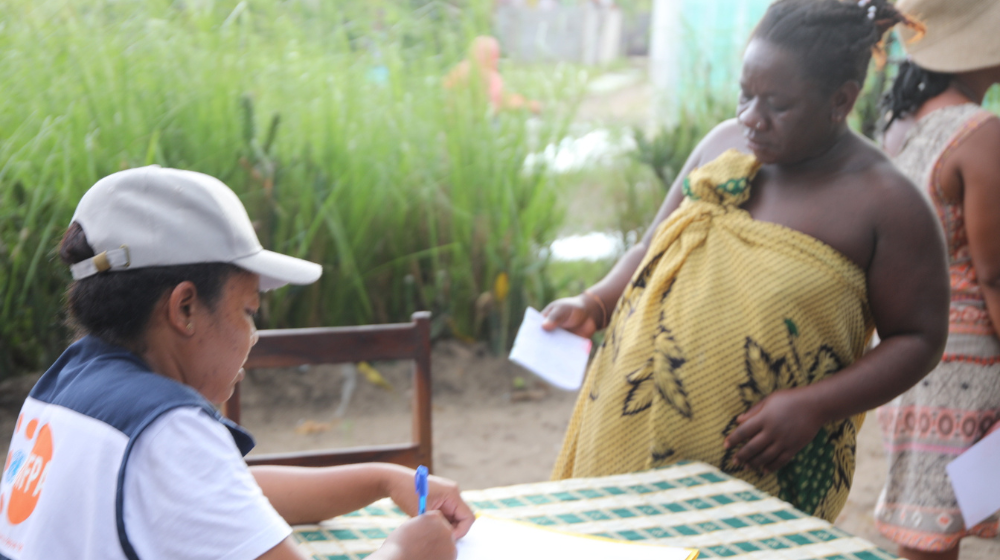Situation overview including Security Issues
A tropical storm named CHENESO made landfall, north of Antalaha, North Eastern Coast of Madagascar, this 19 January at about 10:45 AM local time with maximum sustained winds of 90 km/h and gusts up to 120 km/h. According to Metéo Madagascar, it moved towards the South-West by late afternoon at 15 Km/h. The average wind speed is estimated at 50 km/h with gusts of 60 km/h. CHENESO is currently centered in the Befandriana Avaratra district in the Sofia region.
A preliminary evaluation of the damage in two regions notably Diana and Analanjirofo compiled by the National Bureau for Disaster Risk Management (BNGRC) indicates that 2,192 people have been affected, 730 households flooded and 01 boy aged 10 is reportedly missing. An additional 214 persons from 72 households have been moved by local authorities as a preventive measure and are currently sheltered at the MEDAIR and CSB Ambinanitelo sites. There are no updates yet on the Sava region and the BNGRC has deployed teams for an evaluation.
▪ Despite the weakening of the storm system, heavy rains continue to fall and are likely to damage or destroy homes and vulnerable infrastructure, especially in the Sava and Analanjirofo regions, for the next hours or days. It will weaken further as it moves over land. Heavy rains are also expected in the Boeny, Vatovavy-Fitovinany and Analamanga regions which are all on its trajectory.
▪ Heavy rains (100 to 200 mm/24 hours) will be expected over the whole of the regions. As a result, there is a risk of widespread flooding, especially in low-lying and flood-prone areas. The heavy rains could extend over Boeny and the central lands and could persist until Sunday.
Humanitarian needs
▪ The three most affected regions notably Sava, Diana and Analanjirofo have a total population of 3,446,884 including 442,925 adolescent girls. So far, UNFPA targets 1,528,865 people likely to be further plunged into a vulnerable condition by the tropical storm.
▪ Women and girls are most exposed, suffering disproportionately from the passage of the storm that has destroyed fragile shelters and amenities, exposing them to GBV risks and likely to cut them off from access to basic SRH services and commodities. In the three affected regions the following target population has been identified.




